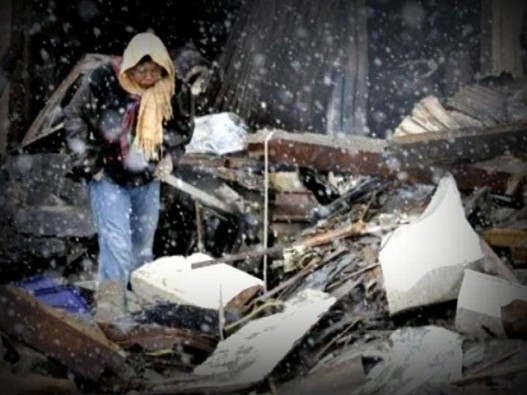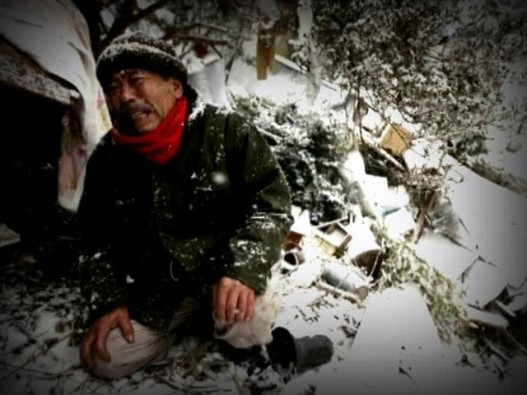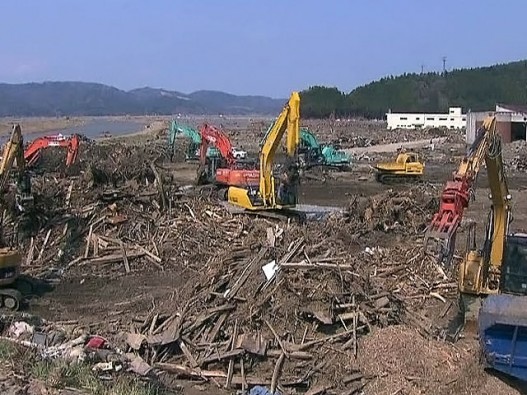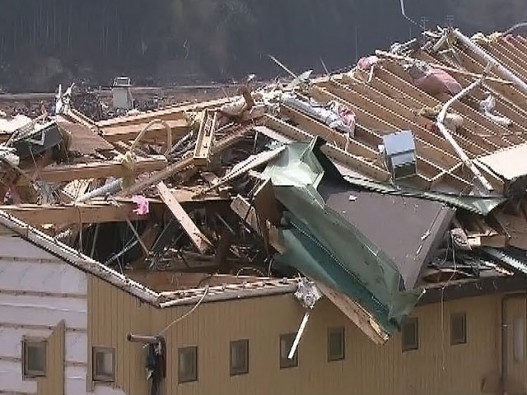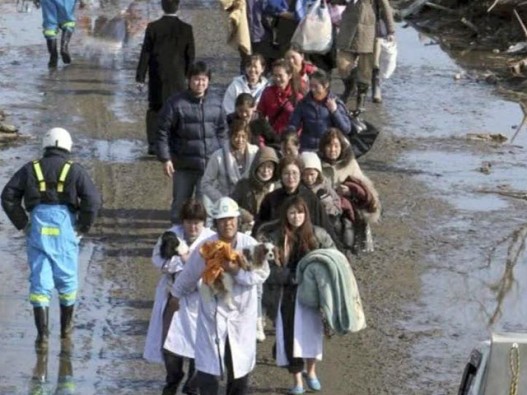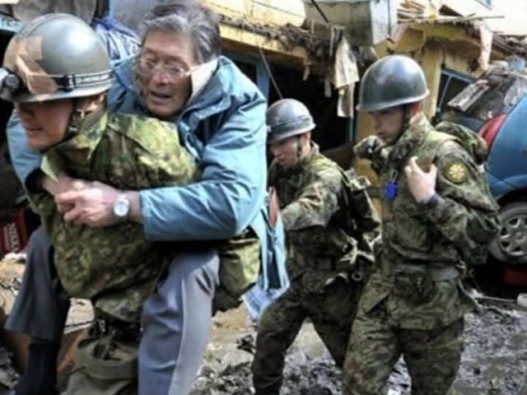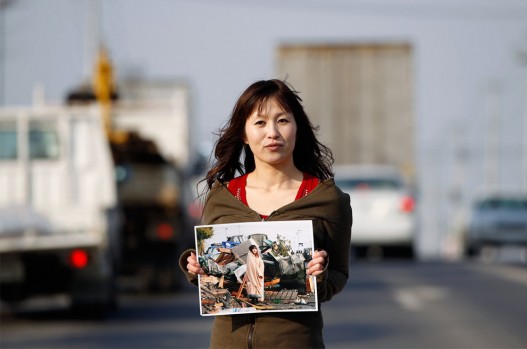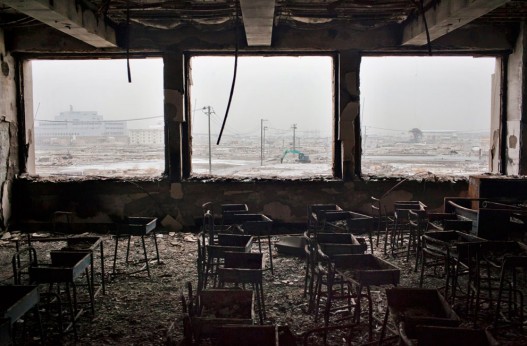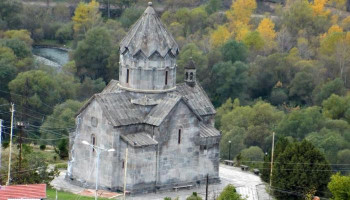Two Years Later: Lessons from Japan's Tohoku Earthquake
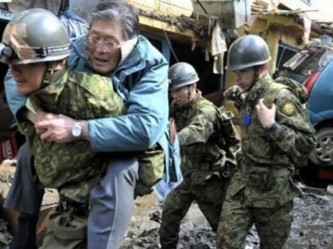 A triple disaster — earth, water and nuclear — struck Japan on March 11, 2011, when the biggest earthquake in its history ripped the seafloor. The magnitude 9.0 Tohoku earthquake and tsunami shattered lives. The destruction surprised the world, because few expected a quake or tsunami of that size even in seismically active Japan. Some 300,000 people are still homeless, living in residential camps, according to the Japanese government. Two years later, geologists still puzzle over Tohoku. During the earthquake, the giant offshore fault that ruptured behaved differently near the surface than it did deep below the Earth's crust. This was unexpected, and now, scientists think, it could happen elsewhere. No subduction zone is safe from a megaquake. "We can't assume anymore that there's a subduction zone that can't produce these very large subduction-zone earthquakes and tsunamis," said Jeanne Hardebeck, a seismologist at the U. S. Geological Survey's Menlo Park, Calif., office. Tohoku also emphasized that monitoring the creaking Earth isn't enough when it comes to predicting risk. In Japan, scientists had forecast earthquake hazard by watching Earth's crust deform, and looking at the country's excellent record of historic earthquakes. Based on those records, the subduction zone off Japan should never have produced a magnitude-9.0 quake, most scientists thought. Now geologists believe they need to look further into the past, thousands of years, to capture a fault's true history. "The instrumental data and observations are about 120 years old, but the history of plate tectonics is over 4 billion years old," said Fumiko Tajima, a seismologist at the Ludwig Maximilian University in Munich, Germany. "Using the seismic catalog to predict an earthquake is like using the data for one second [of Earth's history]. The statistics are not sufficient at all." Indeed, the Tohoku quake may have been the final nail in the coffin for a dying concept: that faults produce the same size earthquake every time, and that they are regular, repeatable and predictable. When it comes to earthquake hazards, the science is still very much in the unknown unknowns, said Seth Stein, a seismologist at Northwestern University. [7 Craziest Ways Japan's Earthquake Affected Earth] "We now realize that things are much more variable in space and time than we would like to believe," Stein told OurAmazingPlanet. "That in turn creates a deep uncertainty in our ability to forecast the future." Invigorating tsunami science Japan sits above a subduction zone, a collision zone between two of Earth's tectonic plates. East of the island nation, one plate descends beneath the other, bending down into the planet's deeper depths. Japan's official seismic hazard maps were based on several centuries of earthquake records, as well as modern deformation in the seafloor. This led the government to underestimate both earthquake and tsunami risk — only a magnitude-7.5 was forecast for the region hit by the Tohoku quake. But hints of a giant wave, in A.D. 869, had been found far inland in Sendai, a town where thousands died in the 2011 tsunami. Many researchers before Tohoku had published the tsunami records, but earthquake modelers didn't believe the geological data because their models. |
